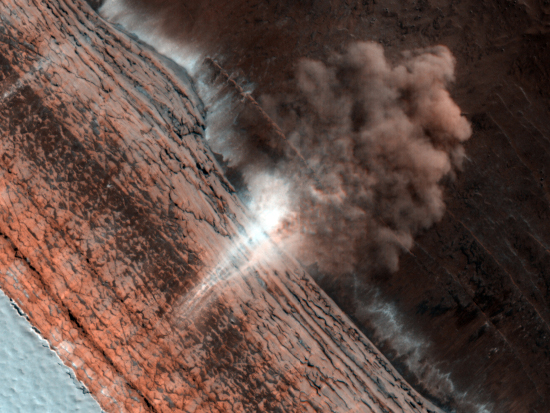Another global warming scientist is accused of hiding the decline
The lead scientist in a recent climate study has been accused of hiding the fact that the global temperature has been flat for more than a dozen years.
The new study, led by Richard Muller, had taken raw land data and re-analyzed it in an attempt to clear up the doubts caused by the climategate scandal. In an announcement last week, Muller claimed that their work had proven that the climate had been warming continuously since 1950.
Now, another climate scientist, Judith Curry, has accused Muller of failing to point out that his same re-analysis had also shown that climate temperatures have been totally flat for the past 13 years, even as carbon dioxide levels in the atmosphere continue to rise. As Curry told the Daily Mail, “This is nowhere near what the climate models were predicting. Whatever it is that’s going on here, it doesn’t look like it’s being dominated by CO2.”
Curry is also accusing Muller of going to the press to spin the results in favor of global warming, before the research was complete.
» Read more


